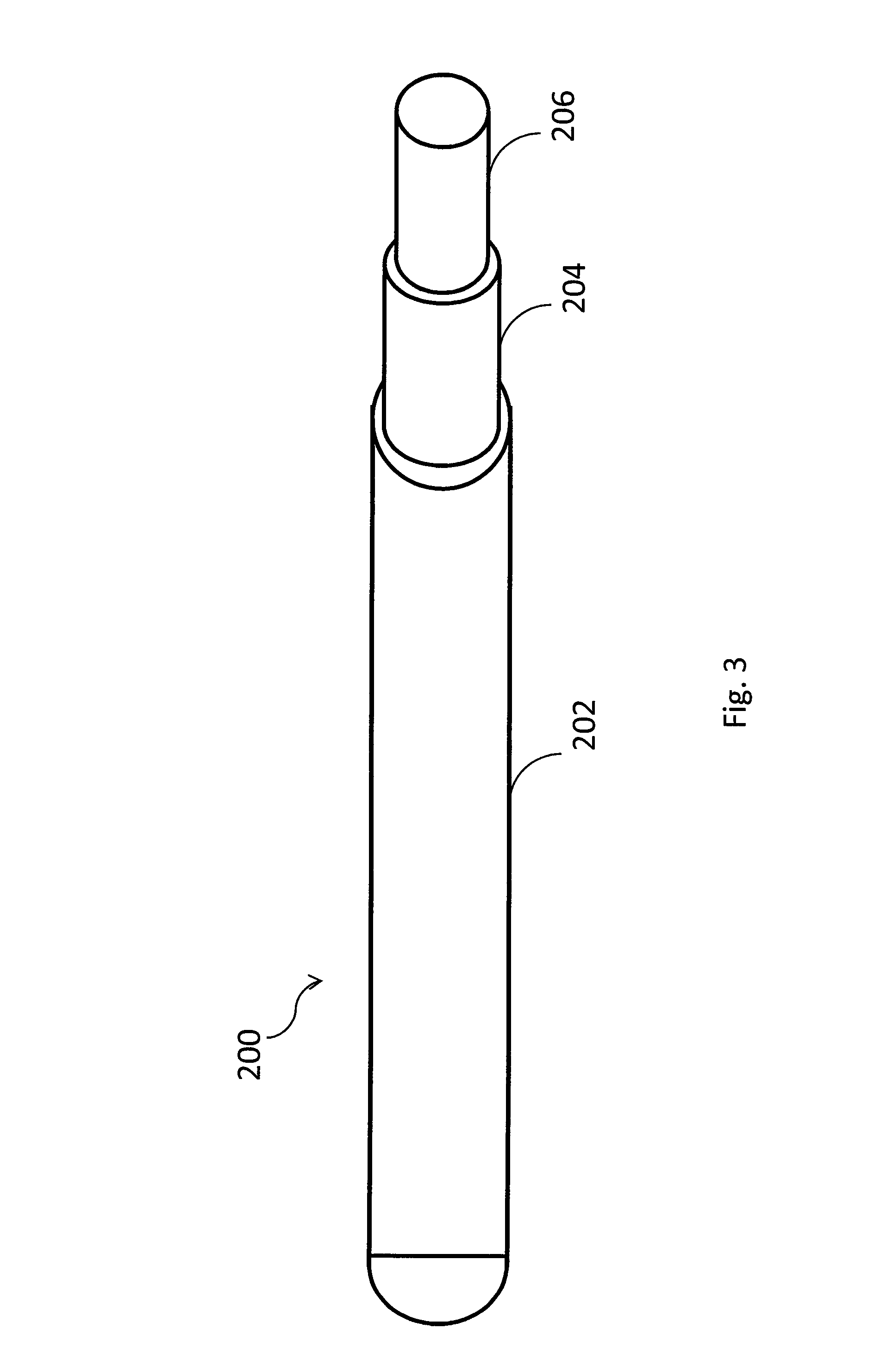Nylon polymers having a low coefficient of friction and method for the manufacture thereof
a technology of nylon polymer and coefficient of friction, which is applied in the direction of polyamide coating, transportation and packaging, coatings, etc., can solve the problems of physical damage, large pulling force, degradation of cables,
- Summary
- Abstract
- Description
- Claims
- Application Information
AI Technical Summary
Benefits of technology
Problems solved by technology
Method used
Image
Examples
Embodiment Construction
[0052]The present invention relates to the production of a polyamide-based (nylon polymer) composition that includes at least particulate silica, and optionally, mineral oil and other lubricant additives, that is substantially uniformly dispersed within the polyamide matrix. Such a polymer composition, when made or formed in products, has been found to have a lower surface coefficient of friction than other polymer compositions that do not incorporate particulate silica and / or mineral oil. Importantly, it is well known that particulate silica and, when added, mineral oil or other lubricating agents, aggregate and / or migrate to the surface of the product when added via well known post-polymerization processes such that the present invention provides a novel product.
[0053]More particularly, the present invention overcomes the aggregation and / or migration problem by mixing the particulate silica and, optionally, mineral oil and / or other lubricant additives, prior to or during polymeriz...
PUM
| Property | Measurement | Unit |
|---|---|---|
| particle size | aaaaa | aaaaa |
| particle diameter | aaaaa | aaaaa |
| wt. % | aaaaa | aaaaa |
Abstract
Description
Claims
Application Information
 Login to View More
Login to View More - R&D
- Intellectual Property
- Life Sciences
- Materials
- Tech Scout
- Unparalleled Data Quality
- Higher Quality Content
- 60% Fewer Hallucinations
Browse by: Latest US Patents, China's latest patents, Technical Efficacy Thesaurus, Application Domain, Technology Topic, Popular Technical Reports.
© 2025 PatSnap. All rights reserved.Legal|Privacy policy|Modern Slavery Act Transparency Statement|Sitemap|About US| Contact US: help@patsnap.com



